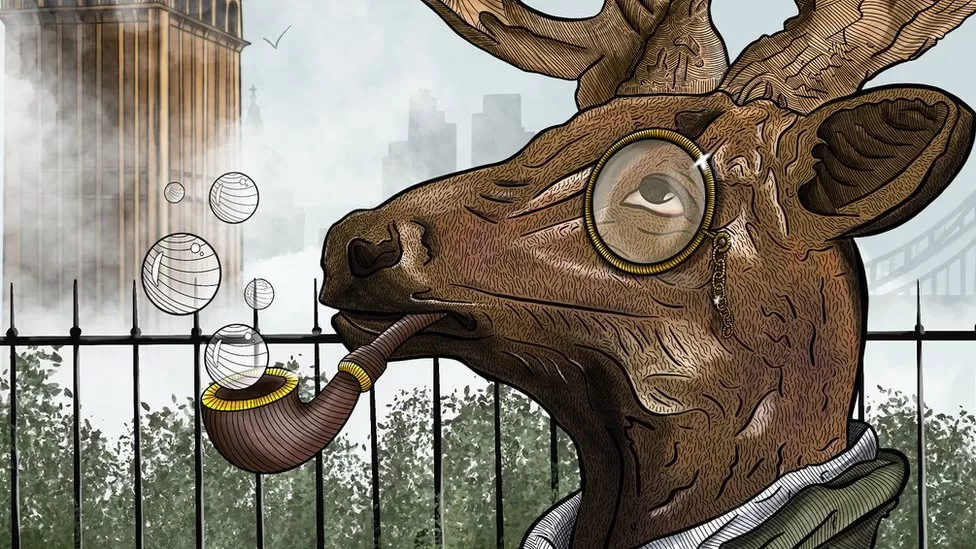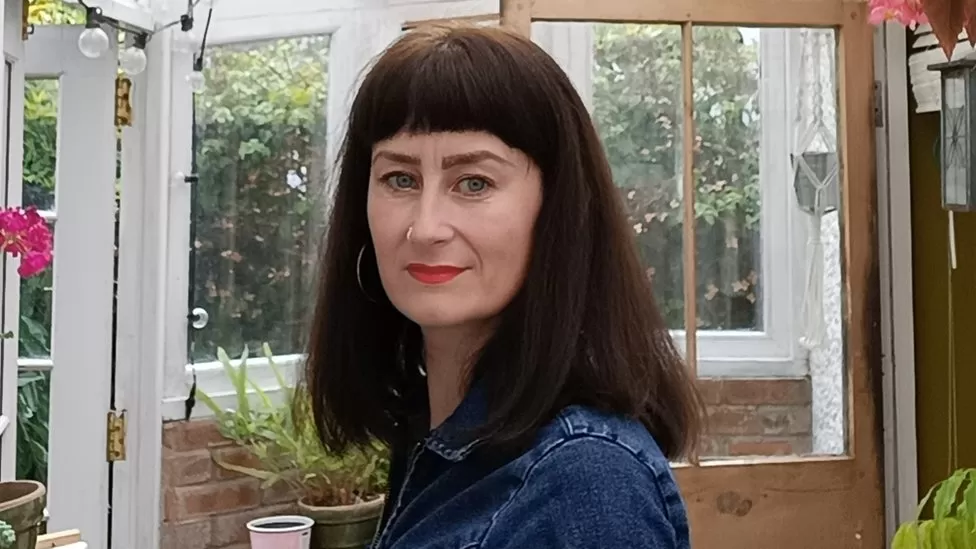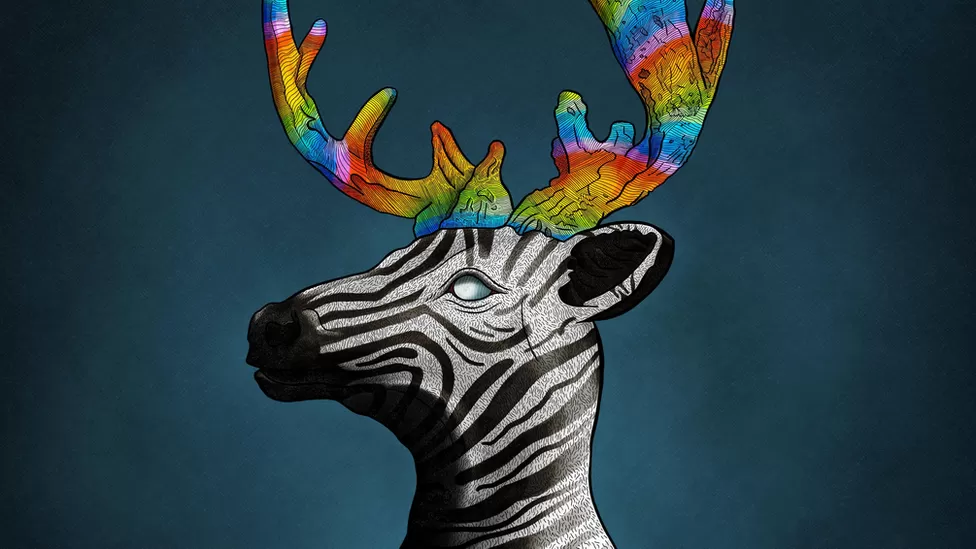Welsh Graphic Designer Emerges as Commercial Success with NFT Artwork, Generating Nearly £500,000
Ashley Crossland, hailing from Cardigan, Ceredigion, has experienced a rapid rise in his artistic career after selling a collection of his digital artworks for nearly £500,000. His portfolio consisted of 7,200 unique pieces, each transformed into non-fungible tokens (NFTs), which serve as certificates of ownership and safeguard copyright.

Expressing his surprise at the series’ overwhelming success, Crossland revealed that his inspiration stemmed from anthropomorphized stag characters. The artwork was exclusively purchased using the Cardano cryptocurrency, with each design retaining its individuality.
Driven by his affinity for art and technology, Crossland gravitated toward the NFT space due to its ability to enable digital collectability, which was previously challenging. He initially shared sketches of humanoid deer within online communities, and to his astonishment, the project garnered immense interest, rapidly transforming into a massive triumph.

Following the general sale, which took place over two days in late March, certain individual pieces have been resold for as much as the Cardano equivalent of £6,500. While NFTs have gained popularity among digital artists and collectors, they have faced criticism due to the environmental impact associated with the technology.
Understanding Non-Fungible Tokens:
In economics, fungible assets such as money can be readily interchanged, where a £10 note can be swapped for two £5 notes without altering their value. However, non-fungible assets possess unique properties that prevent such interchangeability. Examples of non-fungible items include houses or one-of-a-kind paintings like the Mona Lisa. While one can photograph or purchase prints of the painting, the original remains a singular entity.
Despite their intangible nature, NFTs represent one-of-a-kind digital assets that can be bought and sold like any other property. These digital tokens essentially serve as certificates of ownership for virtual or physical assets.

Carol Breen, an artist, and lecturer in graphic communication design at Cardiff Metropolitan University, acknowledged the skepticism prevalent in the art world regarding the value of NFTs. She emphasized that NFTs primarily serve to manage ownership in the digital sphere. Breen acknowledged the potential of NFTs to democratize art sales and grant access to those lacking traditional gallery platforms. She highlighted the advantageous aspect of copyright protection by assigning digital certification to artworks online.
While some artists have discovered new audiences through NFTs, Breen acknowledged that many acclaimed artists remain skeptical about this emerging medium. Some argue that it represents another means for large conglomerates to entice individuals into exclusive art markets, which remain inaccessible to everyday people and artists.

In addition to the artworks themselves, Crossland and his collaborator, Jameel Sandham, expanded the series by crafting intricate backstories and an immersive mythical world for their characters. Sandham, responsible for the project’s written component, expressed excitement about their involvement, channeling their love for swords and sorcery and transforming those ideas into comprehensive fantasy lore.
With a substantial team and a vibrant community providing ideas and inspiration, Crossland and Sandham aspire to expand their concept further. In addition to literature and art, they plan to create interactive web experiences surrounding their art and stories. Their ultimate goal is to build a fantasy world that millions can enjoy, combining literature, art, and interactive web features.

